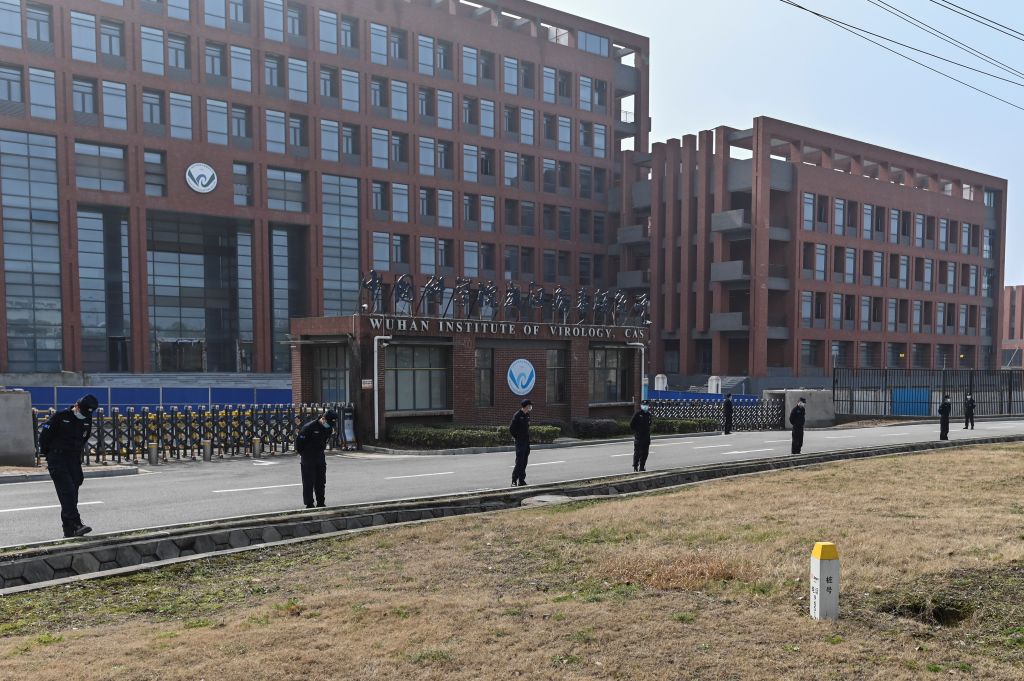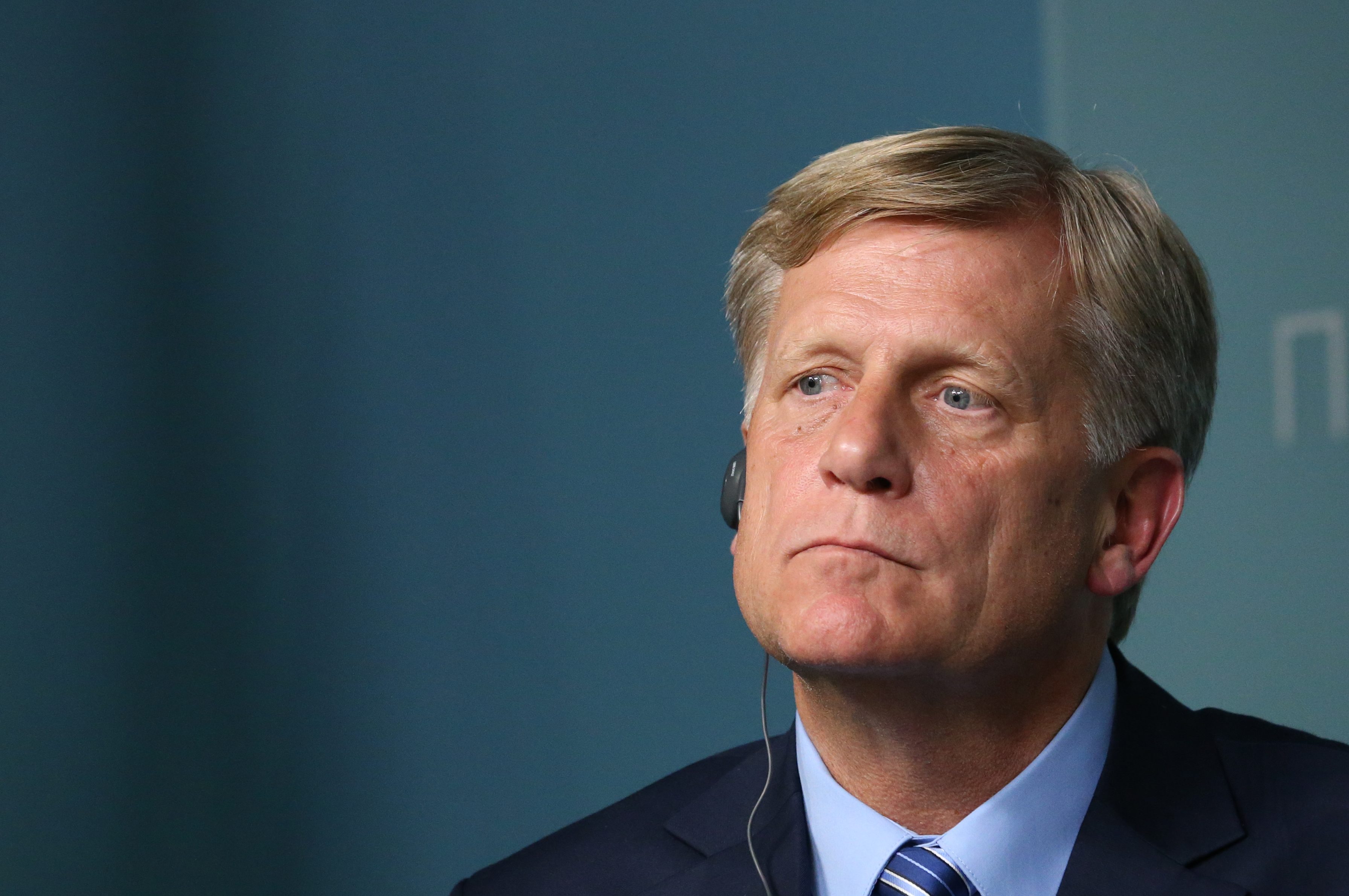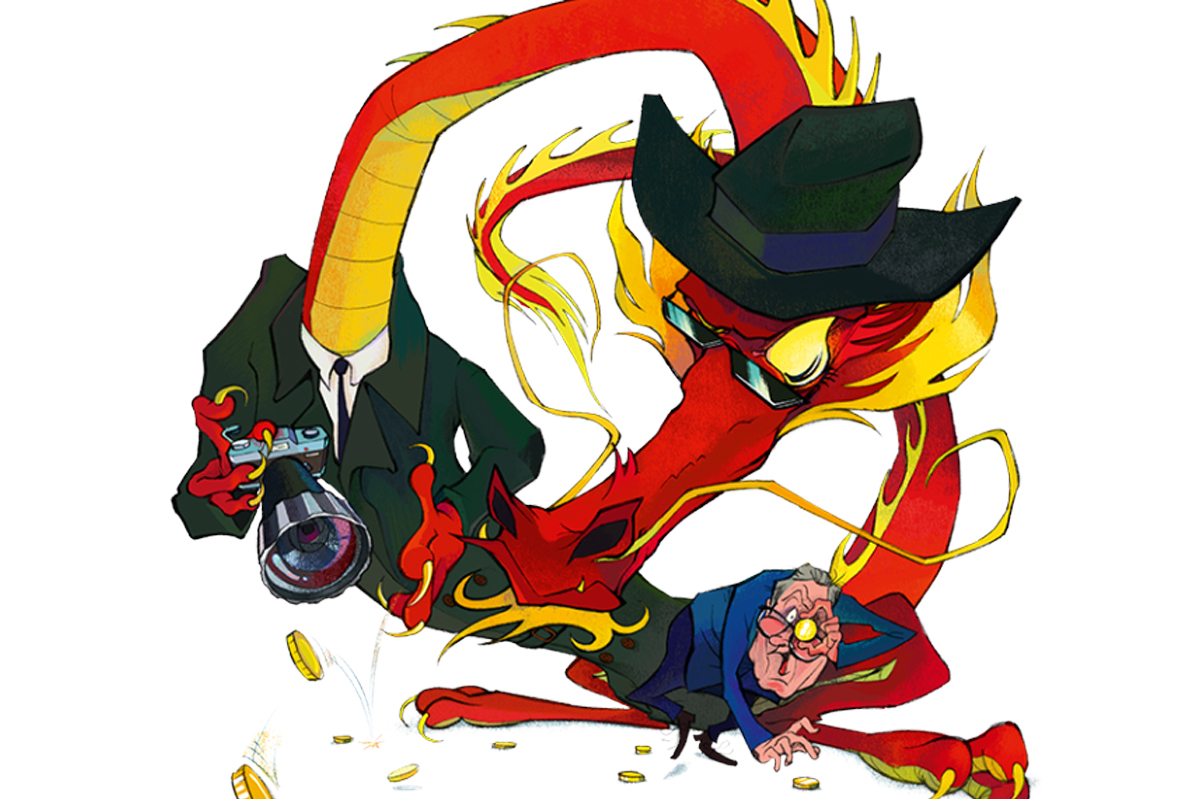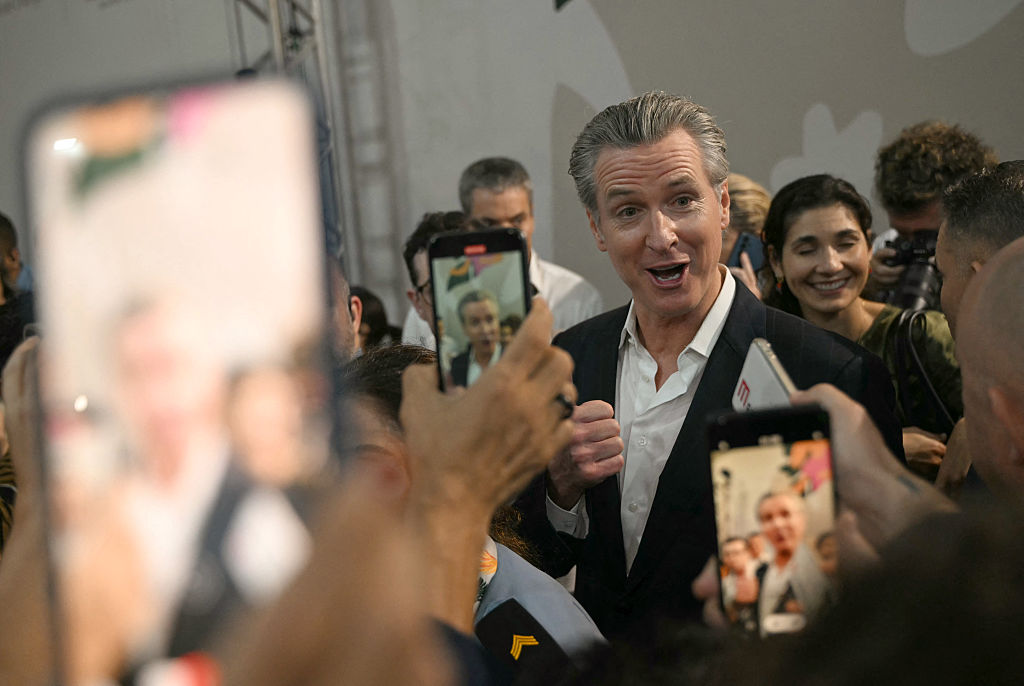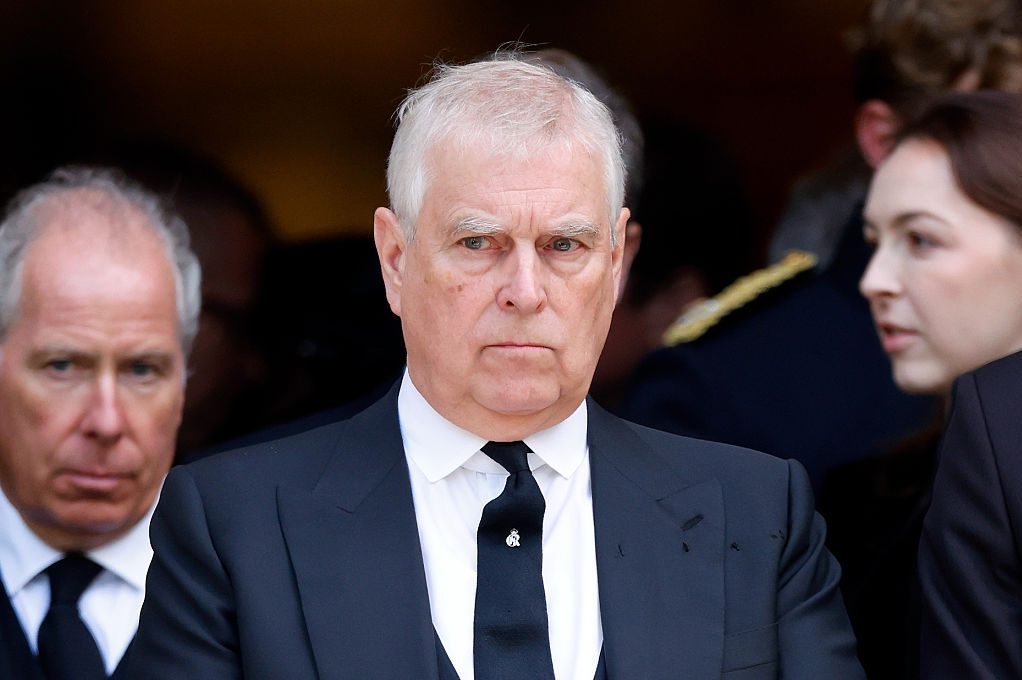A top editor at the New York Times instructed Times staffers not to investigate the origins of COVID-19, two Times employees confirmed today.
‘In early 2020,’ a veteran Times employee tells me, ‘I suggested to a senior editor at the paper that we investigate the origins of COVID-19. I was told it was dangerous to run a piece about the origins of the coronavirus. There was resistance to running anything that could suggest that [COVID-19 was manmade or had leaked accidentally from a lab].’
The global pandemic was then in its early stages. Donald Trump was running for reelection and calling SARS-CoV-2 the ‘Chinese virus’. His secretary of state Mike Pompeo had told ABC’s This Week in May 2020 that he had seen ‘significant’ and ‘enormous evidence’ of the virus originating in the Wuhan Institute of Virology. A few weeks later, Sir Richard Dearlove, the ex-head of Britain’s MI6 spy service agreed: ‘I subscribe to the theory…that it’s an engineered escapee from the Wuhan Institute [of Virology].’
Yet the Times, according to two well-placed sources, refused to investigate the biggest story of our time. Instead, senior editors are alleged to have suppressed efforts to probe the virus’s origins, and the Times led the charge to dismiss any questioning of the WHO’s now-discredited line as conspiracist or even ‘racist’.
‘It was considered a conspiracy theory,’ confirms a second Times insider who was in a senior position on a different section at the time, and also proposed an investigation. ‘It was untouchable everywhere. The fact that Trump embraced it, of course, also made it a no-go.’
‘The idea was considered dangerous,’ my first source agreed. They suggest that the Times’s editors weren’t motivated by domestic politics in an election year, or even by a hatred of Donald Trump that ran so deep as to dispose them to trust the WHO and the Chinese government over the Trump administration.
In the years before COVID-19, revenue from China was an integral part of the Times’s business model. The paper received millions of dollars from Chinese government-controlled outlets, especially China Daily, and published ‘advertorials’ pushing the Chinese government’s line. The Times wasn’t alone in doing this — though few outlets anywhere in the West went all-in, as the Times did in 2012, when it launched a Chinese-language edition and, soon after that, a luxury magazine.
In November 2019, it emerged that China Daily had failed to disclose to federal authorities millions of dollars in payments to US outlets including the Times and the Washington Post. In August 2020, the Times quietly scrubbed the China-funded advertorials from its website. Still, in October 2020, the Times ran an op-ed by Regina Ip, a member of Hong Kong’s Executive Council, justifying the repression of anti-government protests in the Hong Kong SAR.
‘The dissonance is astounding,’ one of my sources says. Not as great, perhaps, as the dissonance between what the Times considered fit to print in 2020, what it now considers fit to print — and what it now prefers to officially forget.
Reports on gain-of-function research into coronaviruses were already in the public domain in early 2020. So were reports of lab leaks, in the US and abroad. Instead of doing what journalists are supposed to do — ask questions — the Times led the charge in stigmatizing debate about COVID-19’s origins as a ‘fringe theory’. Alexandra Stevenson, the Times’s Hong Kong reporter, called it ‘the kind of conspiracy once reserved for tinfoil hatters’.
Not any more. So, did the Times distance itself form the lab-leak story because its management hated Donald Trump? Or was its notion of the national interest influenced by its business interests in China?
A Times spokesperson told The Spectator:
‘Any accusation that the New York Times would refuse to investigate the origins of a pandemic is ridiculous.
‘In 2020, The New York Times Company made the decision to stop accepting and hosting branded content ads from state media, which includes China Daily. We do not discuss revenue beyond what is our quarterly earnings reports.
‘Lastly, where you mention Alexandra Stevenson’s article, I’d like to point out that our story — as is clear from the subheading and lead paragraph — was focused on speculation about a bioweapon manufactured by the Chinese government, an idea that was and is outside of the mainstream discussion among scientists.’



